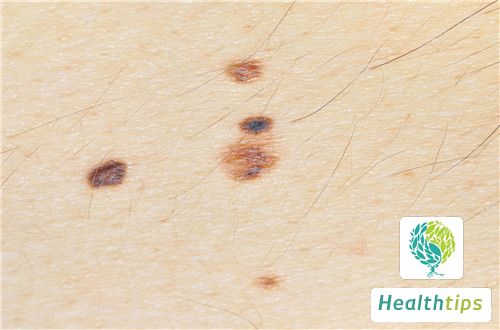What Does Oligomenorrhea Mean?
Under normal circumstances, women menstruate once a month, but some women may experience abnormal menstrual cycles due to various reasons, resulting in early or delayed menstruation. Some women may discover that their menstrual abnormalities belong to oligomenorrhea during medical examinations. However, due to limited knowledge about oligomenorrhea, there are certain challenges in treating it. So, what does oligomenorrhea mean?

Oligomenorrhea refers to a menstrual cycle that is delayed and exceeds 35 days (generally considered as amenorrhea if menstruation has not occurred for over 3 months). This condition can occur in both ovulatory and anovulatory menstrual cycles. In the case of the former, it is often caused by hypothyroidism, low metabolism, and prolonged follicular maturation, leading to ovarian failure to ovulate on time. In the case of the latter, it is due to dysfunction of the hypothalamus-pituitary-ovarian axis, suppression of ovulation, and poor follicular development, resulting in delayed anovulatory menstruation.
Menstrual cycles lasting between 36 days and 6 months can be diagnosed as oligomenorrhea. The causes may include delayed follicular development within the ovaries, preventing them from reaching maturity. Some patients may experience oligomenorrhea with ovulation, where ovulation occurs every 40 days or 2-3 months, known as ovulatory menstruation. Although menstruation is infrequent, the blood flow and duration are still normal. Another scenario is impeded follicular development, where the follicles fail to fully mature and degenerate, leading to anovulatory menstruation with varying amounts of bleeding and prolonged duration.
Symptoms of oligomenorrhea include menstrual cycles that are delayed by more than 7 days, even up to 40-50 days, and occurring for at least two consecutive cycles. This is not a one-off occurrence. In patients with ovulation, their basal body temperature exhibits a biphasic pattern, but with a longer follicular phase and a relatively lower high-temperature phase. In patients without ovulation, their basal body temperature remains monophasic. Endometrial biopsy reveals inadequate endometrial secretion during menstruation in patients with ovulation and proliferative changes in the endometrium during menstruation in patients without ovulation. Additionally, women should prioritize menstrual hygiene, avoiding cold and acidic foods during menstruation to prevent stagnation of qi and blood. Preventive health measures should also be taken during menstruation, including avoiding cold foods and strenuous exercise.



















